Driving Question
How can we keep apologies for past wrongs alive so they are remembered – and not repeated – today?
What makes an acceptable apology?
Well, I always like to start with a definition.
Google says an apology is… “A regretful acknowledgment of an offense or failure,” which I highly agree with.
An apology could never fix or undo an action. Instead, it acknowledges a situation and makes promise for better action in the future. It’s the first step to reconciliation and resolution.
After committing a harmful action, the expected norm for our society is to apologize. However, there’s varying expectations depending on the severity of the action and how personal or professional the situation needs to be. The effectiveness of an apology can also be up to opinion and personal standards.
With apologies becoming more relevant to political and social matters and varying expectations, how can you write an effective apology?
Well, Jahan Kalantar simplifies it down to a couple easy steps…
But, how is this relevant to this blog post? (…Besides adding to my word count…)
Our latest PLP project is dedicated to the “Ology” of apology. We’ve had the opportunity to learn about important matters in BC’s past and discover hidden injustices committed by our country.
Let’s get started!

As I mentioned earlier (literally a few sentences ago), this project was centred on apologies! As we soon learned, one way we can apologize is through a monument.
This way of remembrance is typically reserved for national and formal events to publicly acknowledge a harmful action. However, for this project, we used the medium to inform our audience at the Winter Exhibition. There were three instances of offense from BC’s history that we were able to choose from for this project.
The one I mainly focused on was the Japanese Internment.
Through this project, we made monuments that acknowledged and apologized for these historic events. However, there were many steps that led us to this final project.

The first assignment we completed was a quick write on the ethicality of the Ukrainian internment during the First World War. Through this short assignment, we reviewed historical perspective and learned about ethical judgement.
Ethical judgement is considering whether or not actions taken in the past were just. These judgements are based on the effects of events in our past and consider the repercussions of harmful actions. These judgements can be positive or negative and must be sensitive to historical context.
After reading two primary sources of the event, we wrote our judgment. I found that these articles lacked context and I was interested in reading more, so I admittedly looked through some other sources (because I am a nerd.)
My main question was, “Was Ukraine even apart of the Austria Hungarian Empire?”

I know absolutely nothing about the geography of Europe, so I don’t trust myself to give a correct answer to that question. However, from some quick researching, I’ve come to the conclusion that although a small portion of Ukraine was under Austria Hungarian bondage, it was unethical to intern them under the accusation of “enemy aliens.”
Anyways, here’s my judgement on the ethicality of the Ukrainian Internment!

Now, onto the assignments that actually affect my grade (aka keystones.)
I’m kinda disappointed with the quality of my work in this project. I was really focused on math this semester and I forgot to balance my workload with other classes too. I hope to improve this skill in the future!

Anyways, on to keystone 1!
For this keystone, we were given one topic to research. As I mentioned earlier, I chose the Japanese Internment. At the beginning I knew very little about this historic event. Over the summer, I visited (insert name of museum here) for a little farmer’s market thing and I remembered reading a bit about it in the museum.
We had to make an interactive keynote which would tell the story of the event through primary sources.
Before diving into the primary sources, I started by briefly looking over the event. I found this helpful in trying to piece together the story of the internment for my keynote.

However, in my first draft, I found that I often repeated myself. I even had sources that were very similar to each other, including several newspaper clippings. Luckily, Ms Pitches (another of our cool new PLP teachers this year) showed me some other sources in new mediums. These new sources really helped me convey the story of this event!
In the end, I felt like I really rushed this assignment. I wished I put more effort into my writing to show the thought I put into the analyzation of my sources. (And the aesthetic of my keynote was pretty boring and not engaging.)
Somehow I also didn’t realize that it had to be interactive till last minute, and I could have designed my keynote to have more interesting features.
Here’s my keynote!
Fortunately, I like my second keystone way better! (No more harsh self criticism!)
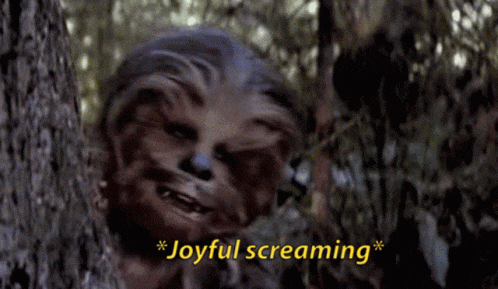
Now that we had more knowledge on our topic, we were able to start vocalizing and developing our own ethical judgements! What better way to improve our speaking skills than through creating our own audio recording/podcast!
I was especially intrigued by this assignment, since I’ve started getting into podcast-like things. I mostly listen to random history facts (did you know Victorians poisoned themselves through their arsenic-filled decorative wallpapers?) and unsolved murder/cold cases, like all normal teenagers my age. Totally.
I also really really like shiny rocks, but that’s a story for another day.
Anyways… back on topic. As a class, we all decided that it would be really smart to script out our judgement first instead of filling our microphones with awkward pauses.
Technically, we had one day to write an outline/script for our audio recording before the loon lake kids abandoned us (I chose Florida instead 😎) This was very much achievable literally any other day of the year. However, I had to study for a math test that I was very much prepared for, but I underestimated my ability with numbers *gasp*.
I only finished a very very rough outline and my friends didn’t have much to critique other than “INTRODUCTION” and “INCREDIBLE CLOSING SENTENCE THAT LEAVES THE AUDIENCE WITH SO MANY THOUGHTS.” Luckily, it wasn’t really expected to be due by then, so it was fine. However, now I’ve learned that panicking over math is stupid when you’ve prepared as much as you can, and I must learn to leave my fate to the math gods.
I feel my script comes across a bit too strong at times and it’s different from my other writings. However, I felt content with it. It was time to begin the recording process.

I tried to speak clearly with a good intonation and an engaging voice. Or, in other words, I summoned up my most “podcasty” voice. If I were to do it again, I wouldn’t have recorded my voice at night, because I sounded strained and tired.
I’m very happy with the audio clips I snuck in, especially that famous line from the pearl harbour presidential speech (totally not because I watched pearl harbour a few years ago and it traumatized me.)

The background music.
*awkward pause*
This step was a process. I originally wanted to have a chill “podcasty” vibe for my audio clip, and I filled my background music with chill drumming from GarageBand. It was kinda cool for some bits, but for most of the time, it didn’t really fit the theme or message of my script.
I switched it out for piano and everything is ok now.

I’m pretty happy with my audio recording and you can listen to it here:
When the Loon Lake people returned, we got to start on our monuments! I teamed up with Ariane and Faith (they are super cool people, so you have to check out their blogs 🔪)
Going into it, we really wanted our monument to “use up space” and immerse the audience. We started to brainstorm some cool ideas, and eventually decided that we wanted to use light to portray these events.
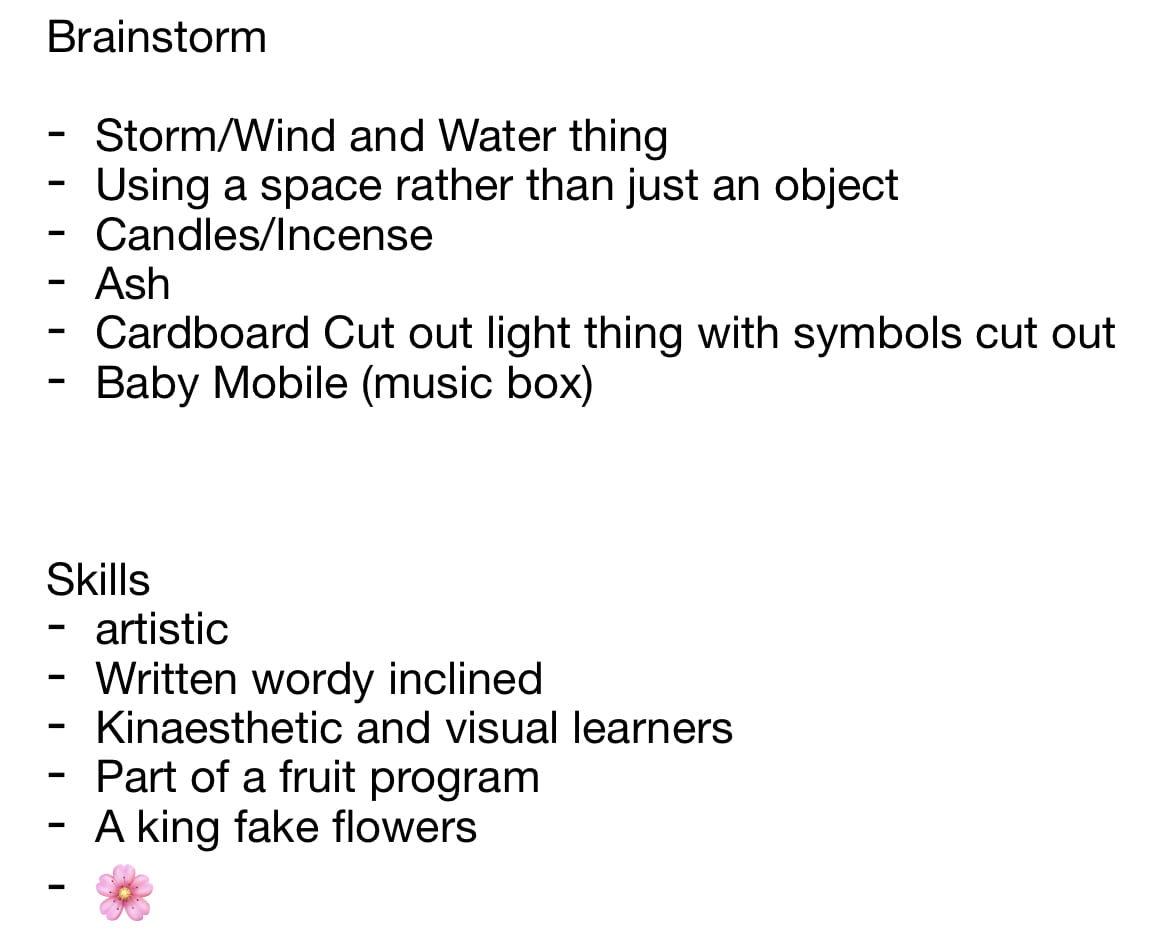
Don’t try to understand our thought process, because I don’t get it either.
We wanted to try to immerse the audience with senses like smell and sound. However, we soon discovered that we were to be placed in a room with its own theming, so this idea didn’t make it past the beginning phases (and flower scented candles might clash with the trench theming.)
Inspired by the little lantern in the greatest showman, we decided to create a light display that showed the theme and story of the Komogata Maru and the Japanese Internment. We also made it rotate and spin like a mobile.
We first created a prototype to see if the mechanisms of the lantern worked. Right away, we discovered that our phone lights were the only things capable of lighting our monument (though we tested other light sources to no avail.)
We also found that some symbols were not showing through as clearly, because they were too large. We had to scale down our images a bit. Also, actually cutting out the symbols presented itself as it’s own challenge. We had to use a (very dull) exacto knife to cut them out, and even then, it was still frustrating.
In the end, it worked out. Though, I wish I could have helped more in the final steps, but I got sick and missed a lot of school.
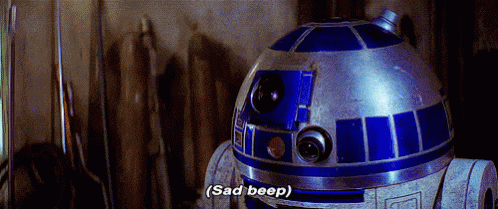
Here’s our monument:



(Here’s a cool video of our monument my teammate, Ariane, made 😎)
I also wrote a statement about our monument. Here it is…

With our monument created, we were ready for the exhibition.
Driving Question
What does James Cameron’s fantasy world of “Avatar” reveal about our own society?
Unlike last year’s (which was kinda themeless), the theme of this year’s winter exhibition was James Cameron’s “Avatar.” Since the sequel was coming out soon, it was very fitting that our exhibition would be Avatar themed.
I had completely forgotten the premise of the first film, since the last time I watched it was years ago. I do remember blue aliens, amazing CGI, and Dr Augustine’s death, which traumatized me. After watching it again, I was blown away by the CGI since it holds up quite well. Somehow, the story felt mediocre compared to everything else (the acting, filming, etc). It was basically a (better) sci-fi version of “Dances with Wolves.”

Anyways, our monument was put in the “militarism” room, which was designed by the grade 9s. We got to dress up in “military attire” (I wore my camouflage baggy pants.) Our room was supposed to represent a military trench (though there were no trenches in Pandora…), But I guess there was a “Risk” room, so I’m not going to question it.

Setting up was a bit chaotic. At first, we thought that our space would be the small hallway between the gym and the PLP rooms. We found a small, dark room that would work perfectly for our lantern. However, we discovered that we were actually closer to the main hallway, so we had to change our plans a bit.
We were placed in a corner of our exhibit, and we stayed there for most of the night. Our lantern looked amazing though! We didn’t get many visitors, which was kinda good, because my voice was terrible from the sickness and I felt like coughing the entire time.
In the end, our exhibit looked pretty cool and it was interesting seeing what the other grades made for the exhibition.
Sometime during the night, we got to have a break. I explored the other exhibits with Ariane. The other rooms were pretty cool as well! I especially loved the “home tree” in the annex.
Though the exhibition was quite tiring (me being kinda still sick didn’t help), it was cool to see everything everybody else made!
The day before the winter break, all the PLP students got to go on a field trip… to go watch the new Avatar movie, Way of Water!

We went to the Park Royale theatre early in the morning, and the chairs were really really comfy. The movie was pretty long, but not as long as “Dances with Wolves” which has a runtime of 4 freaking hours. Also, I coughed significantly less throughout the movie, because I brought a whole bag of cough drops.
Overall, I really enjoyed this experience! BUT- I wish I bought some popcorn…
🚨 SPOILER ALERT 🚨
A Movie Geek’s Thoughts on Avatar: The Way of Water

This blog post is getting pretty lengthy (and my hands are tired from typing), so I’ll keep this as brief as possible.
My main disappointment is that it was exactly what I thought it was going to be. It kept the same formula as the last movie (and “Dances with Wolves”), but it’s impact was less effective.
The point of the first Avatar was to immerse the audience with Pandora as Jake learns to become apart of “the people.” The focus soon develops into Jake and Neytiri‘s relationship and the problems with the “Sky People.” Since the movie focused mainly on the development of these two characters (or even just Sully), the plot had more impact.

I felt that the amount of characters introduced in this movie was ambitious, and despite the long runtime, they didn’t spend as much time developing them. The focus felt all over the place, and there wasn’t enough time to develop the plot points that kept being introduced (such as Kiri’s connection to Eywa, the relationship between Spider and Colonel Quaritch, the whole point of Neteyam and Tuktirey, Tsireya and Lo’ak’s possible relationship.) It just kinda ended without fully addressing any of these points.
Also, the death of Neteyam fell flat. His character wasn’t developed enough to form an attachment, and it felt anticlimactic and unnecessary. It would have been more impactful if his role as “the older brother” was more established, and that there were more scenes with him and Lo’ak (like Tadashi in Big Hero 6.)

Despite this, I still really liked the movie. It has it’s flaws, but it’s still an amazing cinematic experience. The water scenes are insane and the CGI is otherworldly. It’s unbelievable how they made this movie. I wasn’t expecting a sequel, but this was worth the wait.
I only wished that we watched it in 3D, because the CGI would have looked incredible with the glasses. I was blown away by how beautiful this movie was.

Anyways, thanks for reading! This was a really long one!
…Now go watch Way of Water…

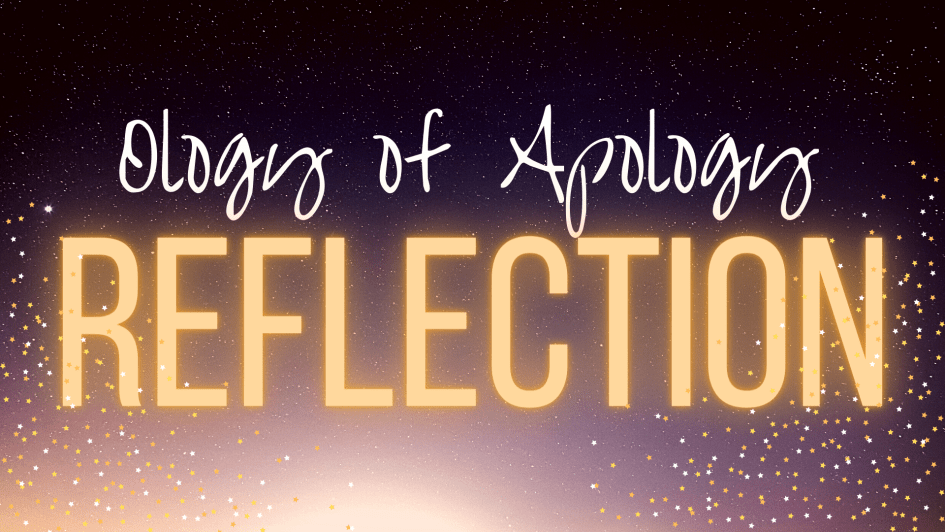




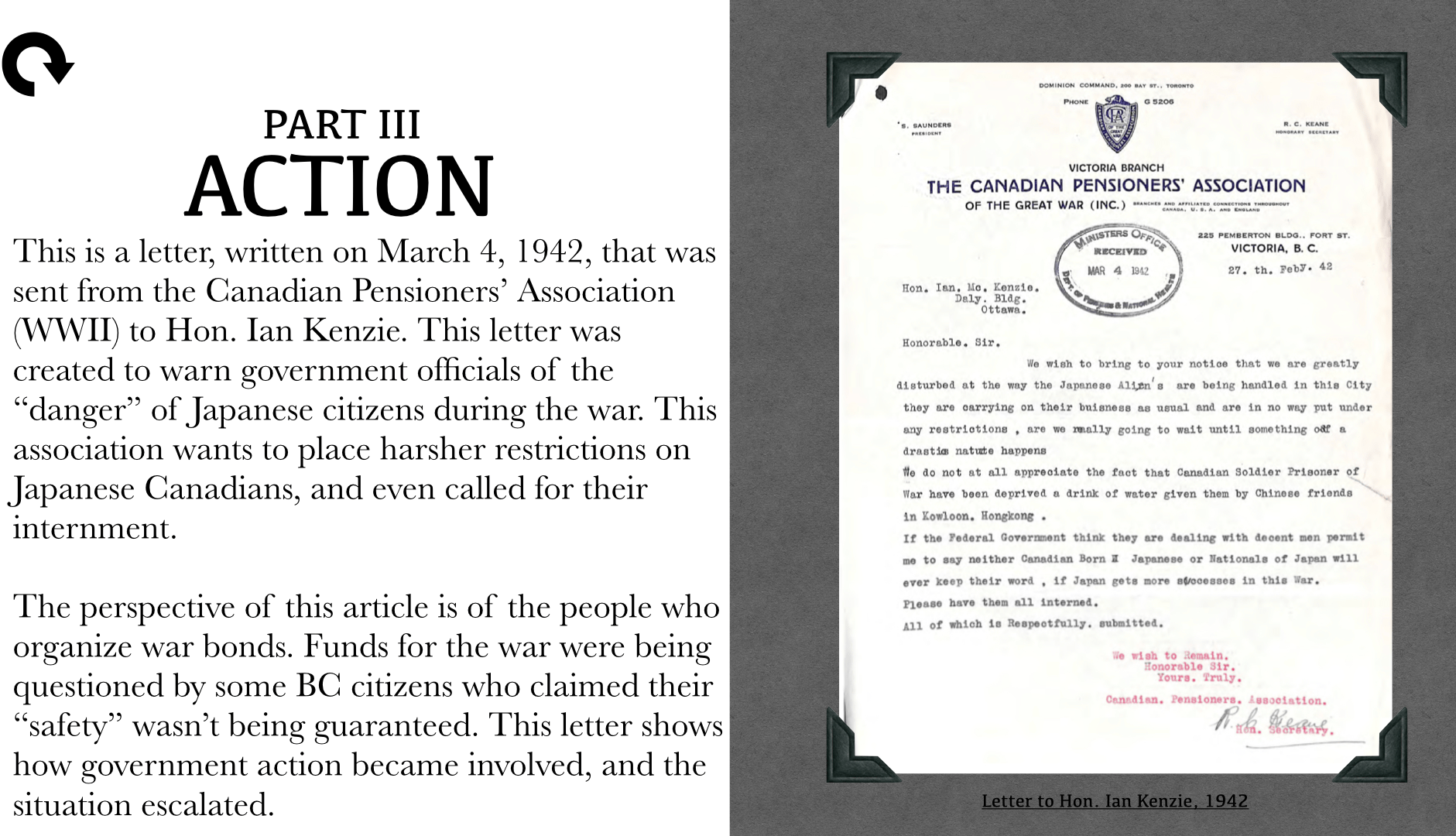


































January 3, 2023 at 7:34 AM
HI AVA!!!!
I enjoyed reading your blog post, and agree with your assessment of The Way of Water. The characters felt way too underdeveloped, especially given the length of the movie.
ALSO I TOO HAVE BEEN GETTING INTO UNSOLVED MURDER PODCASTS (or at least trying to find some that I actually enjoy, albeit unsuccessfully.) DO YOU HAVE ANY RECOMMENDATIONS?
Thanks,
Ariane
January 4, 2023 at 9:54 PM
HI ARIANE!!!
I don’t know many podcasts, I’ve just been watching the random murder mystery videos that pop up on my YouTube recommended list; BUT I’ve heard that Buzzfeed unsolved is good.
Thanks for reading my blog post 💕
Ava